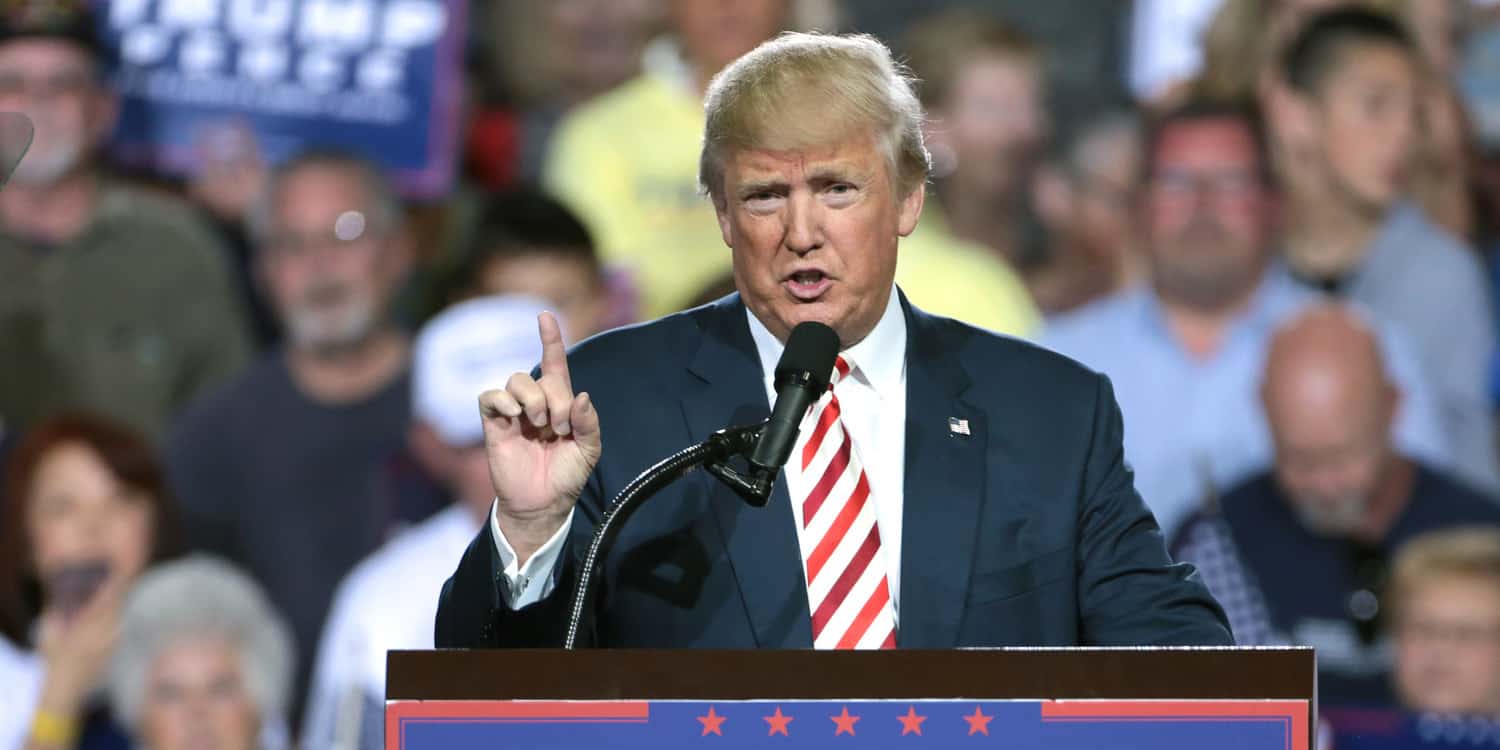Did the Trump administration’s aggressive immigration enforcement measures reduce immigrant crime rates as promised? A study from the University of Wisconsin-Madison suggests otherwise, revealing that immigrant arrests remained largely unaffected by stricter policies. By analyzing arrest data from California and Texas, states with opposing immigration stances, the researchers found no significant increase or decrease in immigrant crime rates during the first years of Trump’s presidency. The findings have been published in the scientific journal Crime & Delinquency.
The Trump presidency marked a period of heightened immigration control, with policies that prioritized the identification, arrest, and deportation of undocumented immigrants. This policy direction was based on the administration’s argument that tougher immigration enforcement would enhance public safety by reducing crime committed by immigrants. To assess whether these policy changes had any actual impact on crime rates among immigrants, the researchers set out to examine arrest patterns before and during the early years of Trump’s presidency.
“Despite speculation regarding the efficacy of the Trump presidency, which promised stricter immigration enforcement targeting alleged criminal immigrants and the decrease in crime rates among immigrants, surprisingly little research has directly investigated these speculations. This is an important gap given that the purported public safety benefits of immigration enforcement continue to influence public policy today,” the researchers explained.
A unique aspect of this study is its focus on two states with starkly different approaches to federal immigration enforcement: Texas and California. While Texas embraced Trump’s initiatives and worked closely with federal authorities, California resisted, implementing “sanctuary” policies that shielded undocumented immigrants from deportation and restricting cooperation with federal immigration agencies.
This contrast created a natural setting to evaluate the effectiveness of Trump’s policies. If the administration’s approach were effective in reducing crime among immigrants, a notable decrease in arrest rates among immigrants would likely be seen in Texas compared to California.
To examine this question, the research team used comprehensive arrest data from the Texas Computerized Criminal History system and California’s Criminal Offender Record Information program. These databases offered comprehensive arrest records, including demographic details, allowing the researchers to distinguish between immigrant and non-immigrant arrests across various crime categories such as violent offenses, property crimes, drug violations, and traffic-related offenses.
The study period, spanning from 2015 to 2018, was split into two parts: the two years before Trump’s inauguration and the first two years of his presidency. By applying statistical analyses known as “difference-in-differences” and “difference-in-difference-in-differences,” the researchers were able to measure any variations in arrest rates between immigrants and non-immigrants, and between Texas and California over time.
To ensure that any observed effects were not due to other factors, the researchers controlled for factors such as income inequality, racial demographics, structural disadvantage, and seasonal trends. These controls helped isolate the specific impact of Trump’s immigration policies on arrest patterns by accounting for socioeconomic and demographic influences.
The findings showed minimal evidence that Trump’s immigration policies impacted immigrant crime rates in a significant way. Arrest rates for both immigrant and non-immigrant populations remained relatively stable across most crime categories during the study period. For violent crimes, immigrants consistently had lower arrest rates than non-immigrants in both Texas and California, a trend that did not change significantly under Trump’s policies.
Property and traffic offenses showed slight decreases in Texas, but these declines mirrored similar decreases among non-immigrant populations, suggesting they were not likely a direct result of immigration enforcement initiatives. This outcome contradicts the expectation that more aggressive immigration enforcement would deter crime among immigrants or lead to higher arrest rates, particularly for discretionary offenses like traffic violations.
These findings challenge the assumption that stricter immigration enforcement would reduce immigrant crime rates. In fact, the results suggest that immigrant arrest patterns closely followed those of the general population, with minimal influence from state or federal policy shifts during the early Trump administration.
“Regarding research on the impacts of ‘sanctuary’ policies, our results are consistent with research suggestive of a largely null relationship between immigrant protective policies and crime,” the researchers wrote. “That is, in states with markedly different responses to the Trump administration’s immigration policies, we observe virtually no change in immigrant arrests relative to non-immigrants.”
The study, “Did Immigrant Arrest Rates Change During the Trump Administration? Evidence From California and Texas,” was authored by Michael T. Light, Laura Boisten, and Jungmyung Kim.




